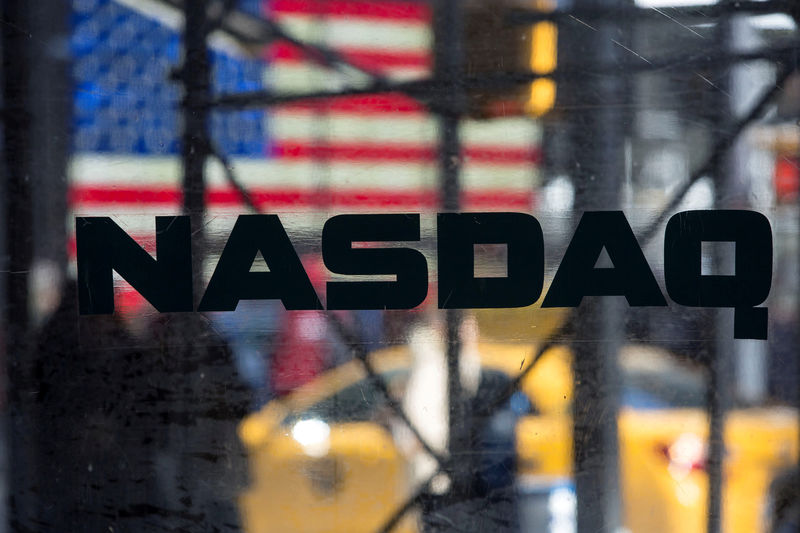By Lefteris Karagiannopoulos
OSLO (Reuters) - Risk levels in Nasdaq's (O:NDAQ) Nordic commodities market had more than doubled in the six months prior to a top trader's default in November, the result of a rapid accumulation of bets amid soaring electricity prices, the exchange told Reuters.
Nasdaq conducts daily stress tests calculating market risk, adjusting every quarter a member-funded buffer to shield the market from breaking down in case of defaults like the one that caused a 114 million euro ($132 million) loss in September.
But the stress tests, which are not made available to traders, may be insufficient, some of them told Reuters, asking for more transparency and better risk control.
On March 1, the default fund amounted to just 74 million euros. Had the level stayed unchanged, Einar Aas, the trader who defaulted, would have hit the market with a loss the buffers couldn't match, triggering a deeper crisis.
Seeing higher risk levels, Nasdaq on June 1 increased clearing members' default fund requirement to 133 million euros, and on Sept. 1 upped it again to 166 million euros.
These were the only two occasions on which members were warned of the increased risk Nasdaq identified prior to the default, aside from regular market notices.
"The increase in stress values was primarily driven by two factors: a general increase in the price levels in the power markets which directly feed into increased stress numbers, and increased underlying exposure (increased size of positions) among the members," Nasdaq said.
Aas had triggered alerts in the stress tests due to his large positions but was not the only trader to do so, it added.
Investors had significantly increased their positions over six months, Nasdaq said, and while the size itself was no cause for concern, it coincided with a fall in liquidity, making it hard for individual traders to exit positions.
On Sept. 10, when spreads between Nordic and German power contracts widened sharply, an event Nasdaq later described as a "black swan", Aas was unable to unload his portfolio.
A systemic collapse was avoided, Nasdaq said, thanks to the stress tests that caused the buffer's readjustment.
RISK AND TRANSPARENCY
Betting that Nordic-German spreads would shrink - the opposite of what happened - had been common, traders said. Others avoided big losses as they managed to close their positions due to their smaller size.
"We had a position that included the spread that we closed one week before what happened ... It should come together but it continued to widen. If you are a trader you either put more money in it or you sell," portfolio manager Per Svenonius at Sweden's Modity Energy said.
But while more defaults were avoided, traders said they were unhappy with Nasdaq's handling of the matter and level of transparency, and that the exchange had underestimated risk.
BKK, Norway's second-largest power firm as measured by retail customer base, told Reuters: "The incident shows that Nasdaq's risk assessments for individual participants are insufficient."
Sweden's Sheperd Energy called for stricter rules, saying Nasdaq had miscalculated risk.
"It is not OK for Nasdaq to have one player holding about 50 percent of the open interest in (the contract for) Q1 2019. It is very dangerous," portfolio manager Arne Oesterlind said.
"They have to make better stress tests," he added.
Following the default, Nordic regulators launched investigations that are still ongoing, while Nasdaq imposed stricter collateral demands.
Asked whether Nasdaq was considering publishing stress tests daily, a Nasdaq spokesman said: "We are considering our actions in our current review of the situation." Previously Nasdaq said it was considering reshaping maximum allowed positions per member.
Einar Aas did not respond to requests for comment.
(This story corrects penultimate paragraph to show Nasdaq's position on further action to take.)
